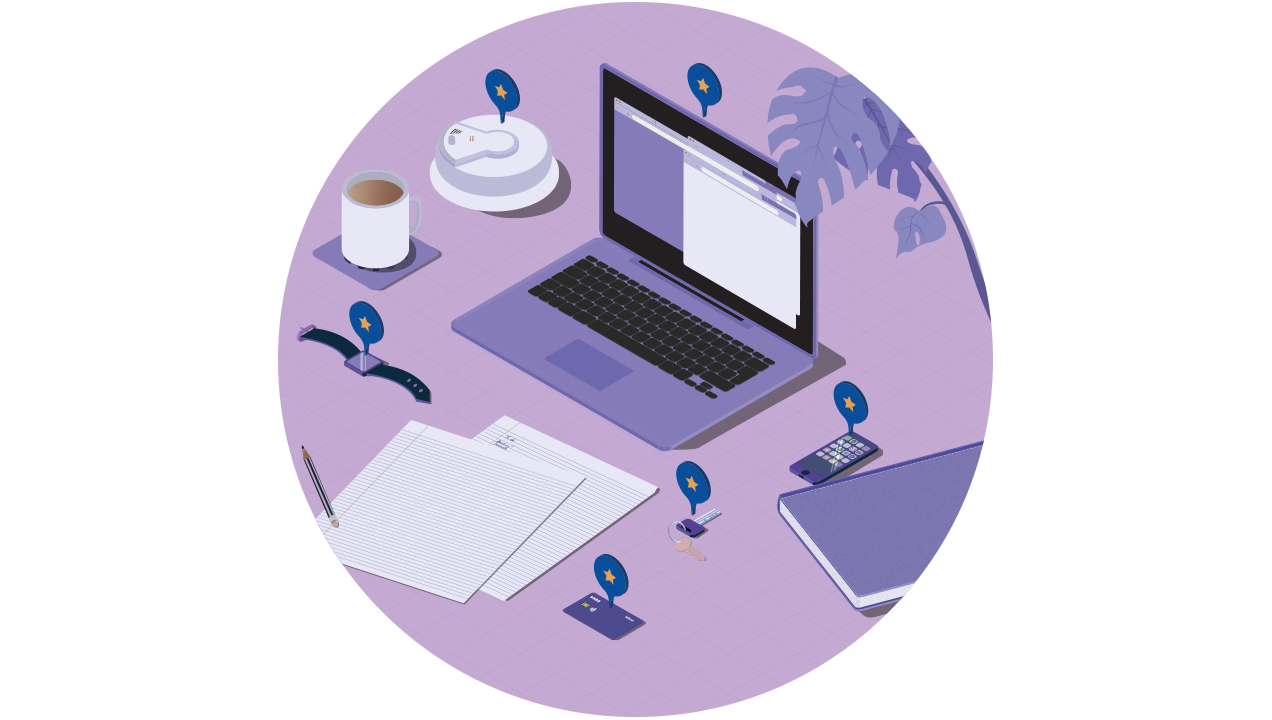Happy Insurance
Just like when you are looking to purchase a mortgage, the moment when you engage with insurance is not based on fun or excitement, but necessity. Insurance is like gambling, with all of the enjoyable aspects stripped out, because you are essentially betting that something bad is going to happen to you.

For insurers, this means that building relationships with customers is a tricky proposition, with none of the usual footholds that service providers have come to rely on. When somebody is interested in purchasing insurance, there is typically only about one month in which they are receptive to advertising or direct contact, after which they make their purchase, put away their documents and never interact with the company again unless they need a pay-out. Something that is almost universally a high-stress situation that they wish to avoid.
It is difficult to build any lines of communication or personal relationships in these circumstances. After the initial purchase, the only time most people will interact with their insurer outside of a crisis is if they are forced to renew each year. But while this can seem like an obvious contact point to help convey the benefits of the insurer’s service, it is also an opportunity to lose a customer, leading to many insurers avoiding it like the plague.
But why is insurance at such risk at every point of renewal contact compared to other services?
Insurance sales have become entirely product-centric instead of focusing upon the human beings at the centre of the insurance business. All discussion is centred on the products on offer, the bells and whistles that are attached and the lowest available price for the same level of cover. When the only thing that people understand about a product is how much it is costing them, it seems almost inevitable that it would drive them to the lowest cost option.
In turn, this focus on product has led to a layer of customer engagement middle-men, trying to fill the void in the insurance journey. There are price-comparison sites trying to worsen the relationship problem. Brokers who have built personal relationships with both insurers and customers to fulfil the need for clearer communication. Banks and credit cards have even started introducing insurance as an add-on product with their “luxury” accounts, offering mobile phone cover or free travel insurance as a standard frill. Muddying the waters even further, some retailers now offer insurance cover for individual items as they are purchased, televisions and computers in particular seem to come with insurance offerings attached as part of the usual upsell.
Insurance sales have become entirely product-centric instead of focusing upon the human beings at the centre of the insurance business.
The relationship that insurers should have with their customers is being consumed by all of these peripheral agents, and it has an obvious and lasting impact on engagement and customer loyalty, but some insurers have managed to build their own successful relationships while also improving their products.
Aviva in the UK has created an app for drivers that they insure, that has gamified safe driving. The original intention and promise of the app was to reduce the insurance price for safer drivers, but it didn’t take long before integrated achievements made earning “badges” in the game a reward in itself. The app analyzes GPS data to assess the driver’s cornering, acceleration and braking skills and gives you a rating out of ten. Anyone with a rating over three can expect a discount, but with a rating over seven, drivers can receive the maximum discount, often around about £200. The intention of the app was merely to analyze driver behaviour, but the actual impact was to actively improve driver behavior, as Aviva customers tried their best to earn their badges.
Roost offer an add on service for home insurance providers, with a smart-home twist. Reducing customers insurance costs so long as they have smoke detectors fitted with one of their “smart batteries” that reports back to the insurer, ensuring that the device is active. It is a small thing, but it drives customer contact each time that the battery is running low, and gives customers the feeling that the insurance company is trying to take care of their ongoing safety, rather than merely benefiting from it.
One last way that new technology is offering a boost to insurance interaction is through the omnipresent FitBit. Health insurers have come to realize that the data that these devices provide on their customers can help them gauge their level of activity – and take it into account when providing their premiums. This in turn has a combined effect of the Roost and Aviva offerings, making customers feel like the insurer is actively interested in their health and wellbeing while also rewarding behaviors that benefit both themselves and the insurer through game-like apps.
Of course, all of these minor technological differences are likely to pale in comparison to the major changes that are due to hit the insurance industry soon. Just as disruption is driving the banking industry to update their offerings to more effectively compete with agile app-based solutions, so too are we going to see the insurance industry adjusting to keep up with the times, finally adopting the human-centred approach that is required to compete in the modern business environment.
To learn more about the ways that the latest advances in technology and changes to the online ecology are going to impact the insurance industry, just watch this space. We have forthcoming pieces on the use of personas to customize insurance, the benefits of brokers and the impact of the new data-privacy movement lined up over the next month!
—-
Images by Jamie Blackett
